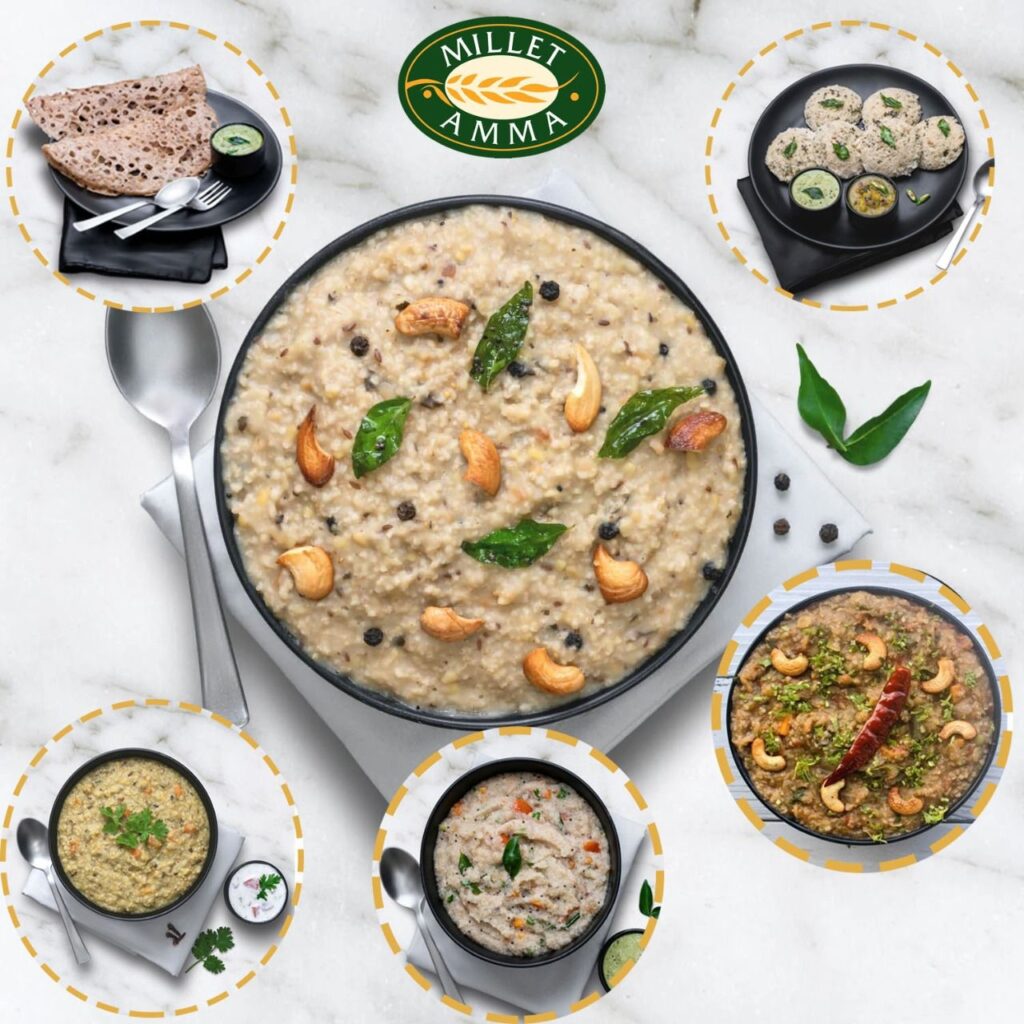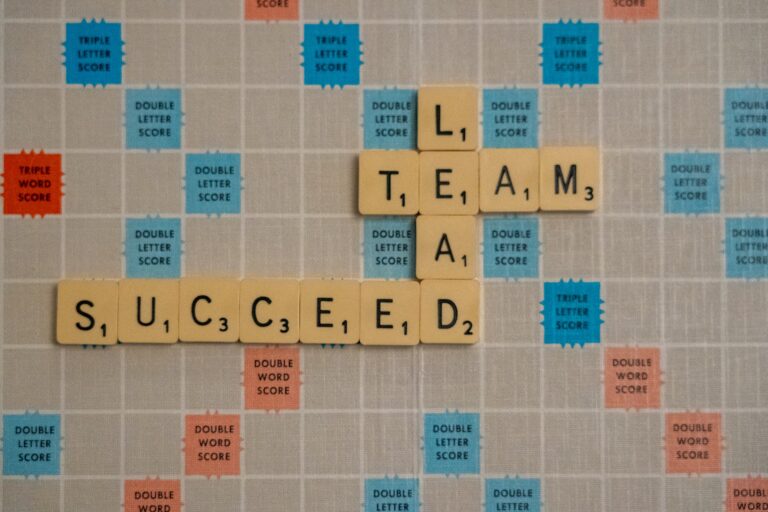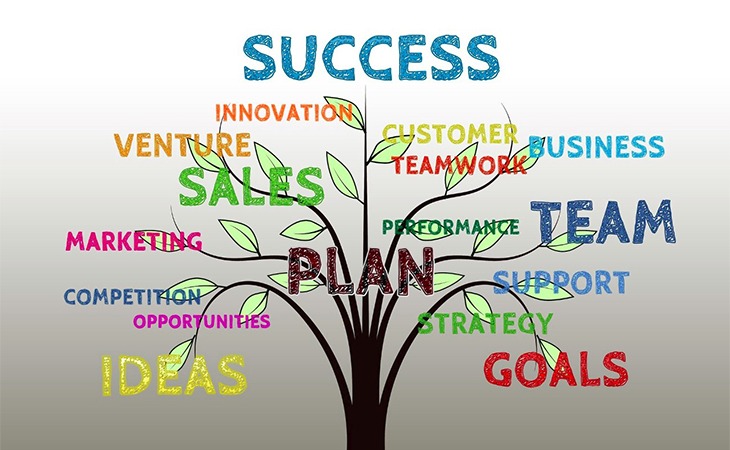Have you ever thought that changing the components of your diet could make you feel fresh and rejuvenated? With the increase in processed food and sustenance that is high in carbs, the number of health issues, especially gut-related issues have been on the rise. This is where Millet Amma comes in, bringing to us millets- a daily alternative that is not only much healthier but also keeps you much more energized.
Ruchika Bhuwalka, founder of Millet Amma started this company with the vision to bring millet-based products to each and every Indian household and spread their health benefits. . Along with the health benefits, millets are also beneficial for the entire ecosystem of consumers, farmers, and markets. It can be grown on hardy, less fertile soil as well, making use of dry, infertile land. This provides more income to the farmer and replenishing the land and ecosystem. She made recipes from scratch to help people incorporate millets as a staple in their households. Today Millet Amma has grown from a household kitchen to a company with an omni-channel type distribution model.
Follow our conversation with Ruchika Bhuwalka, founder of Millet Amma who brings to us the magic of millets.
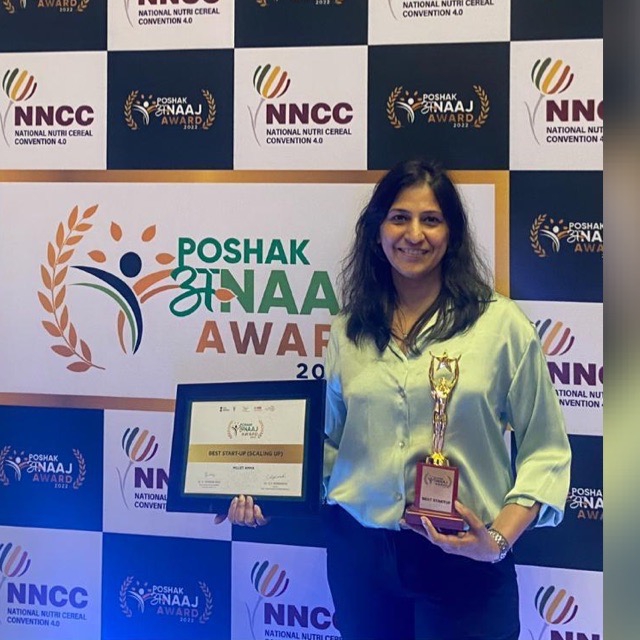
Millet Amma- A journey from a kitchen to a loved company
I started my journey with millets when my husband started facing health issues. To help him solve this without a lot of medication, I started looking into food and nutrition. All the research to find a more organic method led to one answer, incorporating more millets into our diet. The process of doing so was not easy however, with a lot of hurdles in the way to cook millets properly and derive the most benefits. But once we got past this and incorporated millets into our daily diet, my husband’s health issues were resolved like magic, and we all had so much more energy. I wanted to share this knowledge about such magical grains with the rest of the world. This desire led to the birth of Millet Amma in 2017.
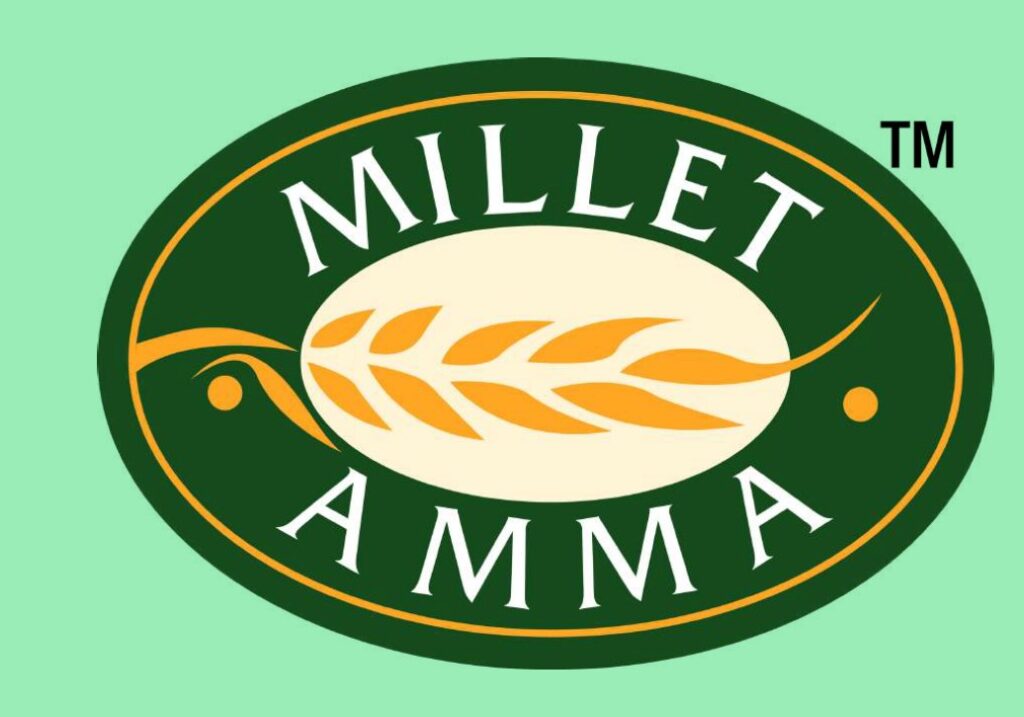
What are millets?
Millets are of nine types, broadly categorized into positive and neutral. There are five positive millets. These millets have a higher fiber to carb ratio, and this reduces the glycemic index. This kind of millet is especially helpful for diabetic patients. It’s also known to help with healthy weight loss and is very good for the gut. Foxtail millets, browntop millets, little millets, kodo millets and barnyard millets make up the five types of positive millets.
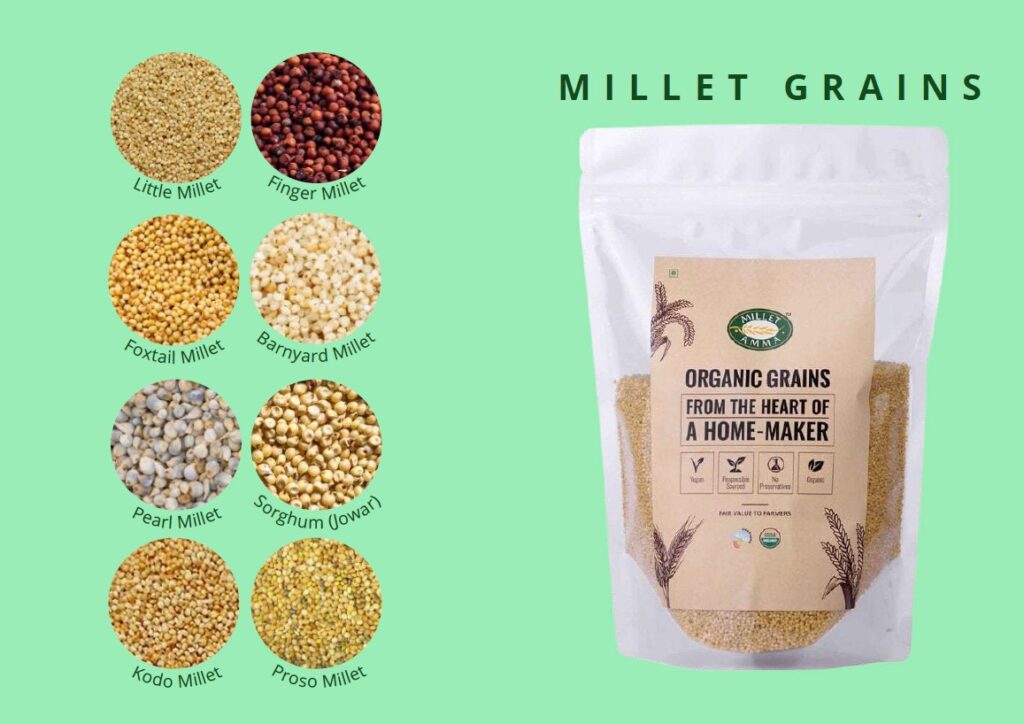
Three neutral millets that are commonly known are pearl millets (bajra), sorghum(jowar), finger millets (ragi) and proso millets. They aren’t as high in fiber as positive millets however and can be eaten occasionally or in balance. Also, a mistake that a lot of first timers make is to buy polished millets. Polished millets, as with any polished grain, are empty carbs and are stripped of all important fiber and nutrients. Always buy unpolished millets to derive all the health benefits of micronutrients and fiber.
Overcoming Obstacles
When we first started Millet Amma, we faced many problems, the major ones being awareness and the price point. Despite the issue that a lot of customers have with the prices of millet-based products, we believe in selling pure millet products with no mixing of any other substances. This is because even if mixing reduces the price, our main aim is for everyone to gain from the health benefits of millets, and this would then be lost. Tackling this issue is a vicious cycle due to the demand-supply chain. The demand for millets is not very high, and hence farmers don’t grow that much of it. Due to less supply, the prices go up making it more costly. This in-turn makes customers hesitate to buy such products.
However, one doesn’t need as much quantity of millet as compared to rice for sustenance. For example, if you need a cup of rice for dinner every day, you will only need half a cup of millet as it is fibrous and hearty, filling one’s stomach much faster. When one is made aware of this, only then would they realize that they may be paying twice the amount of the same weight of millets, but it would take them twice as long to finish as the same quantity of atta or rice. Added to that, the health benefits keep you from spending in the future on long hospital bills and medicines.
Awareness- The key to change
Awareness covers a lot of issues. A lot of people don’t even know about millets and their health benefits. Those who have some prior knowledge still tend to be very skeptical about how to cook millets. In a household with children, taste becomes very important when you want to introduce the children to something new. Cooking millets can be an entirely new ballgame and very daunting when you first try to do the same.
For this very reason we keep in touch with our 3000+ customer base directly through WhatsApp groups. We make sure they know that they can contact us anytime regarding absolutely anything about millets, be it benefits, recipes etc. This has helped us bridge the gap between the customers and the knowledge of our products to a great extent while helping us provide a personal touch. We are also on various e-commerce sites like Amazon now.
The most important step in the preparation of millets is the pre-meal prep. If one is preparing the millets in a pressure cooker like how one would make rice or khichdi, it is necessary to soak the millets in water for five -to-six hours and cook it in a 1:3 ratio (millets: water). If you’re making millet bread or roti, then knead the dough four-to-five hours in advance. This is a necessary step when you soak or leave kneaded dough for a few hours, the fiber becomes more biologically available for the stomach to absorb it better. Thus, it can digest the fiber better.
Our Diversified Product Line
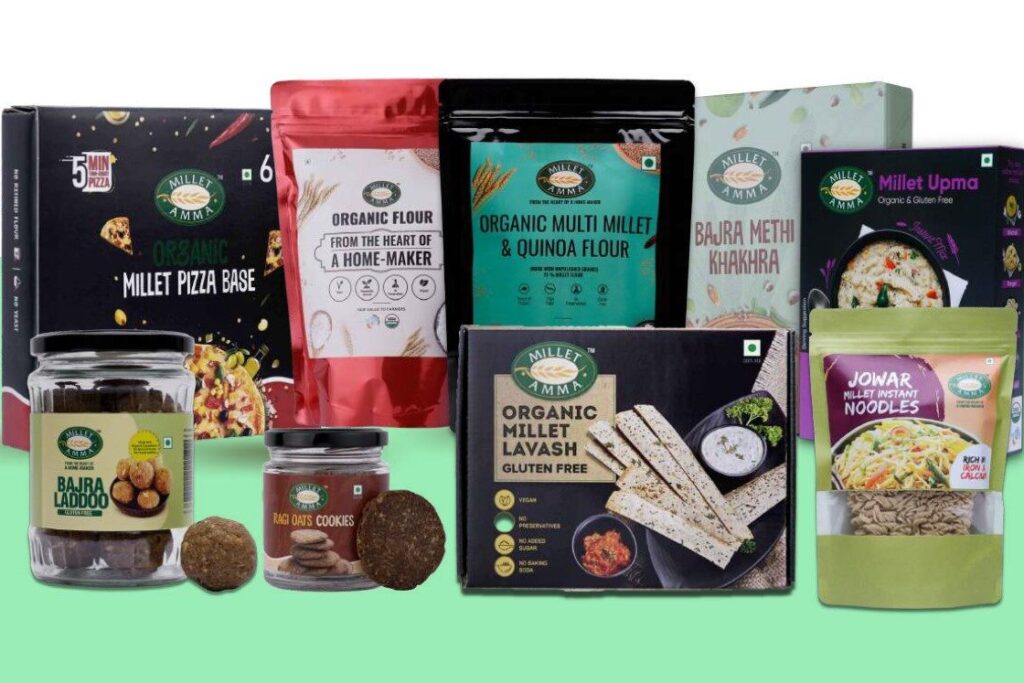
We started out with one single millet batter and have now expanded to over 52 products. Our products cover a variety from basic millet grain flour and rawas to read-to-eat snacks like mueslis, laddus, khakhras, lavash etc. We also provide ready-to-cook breakfast mixes and wet batters. Some of our new contemporary products that have quickly become best selling products are our pizza bases (that last up to 9 months) and millet noodles and pastas. The kids of our customers have given us feedback that they like these noodles more than Maggi, and there could be no greater joy for us than this.
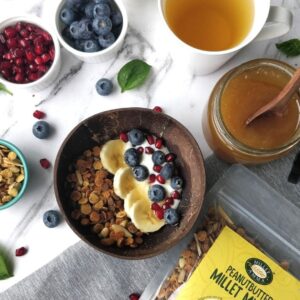
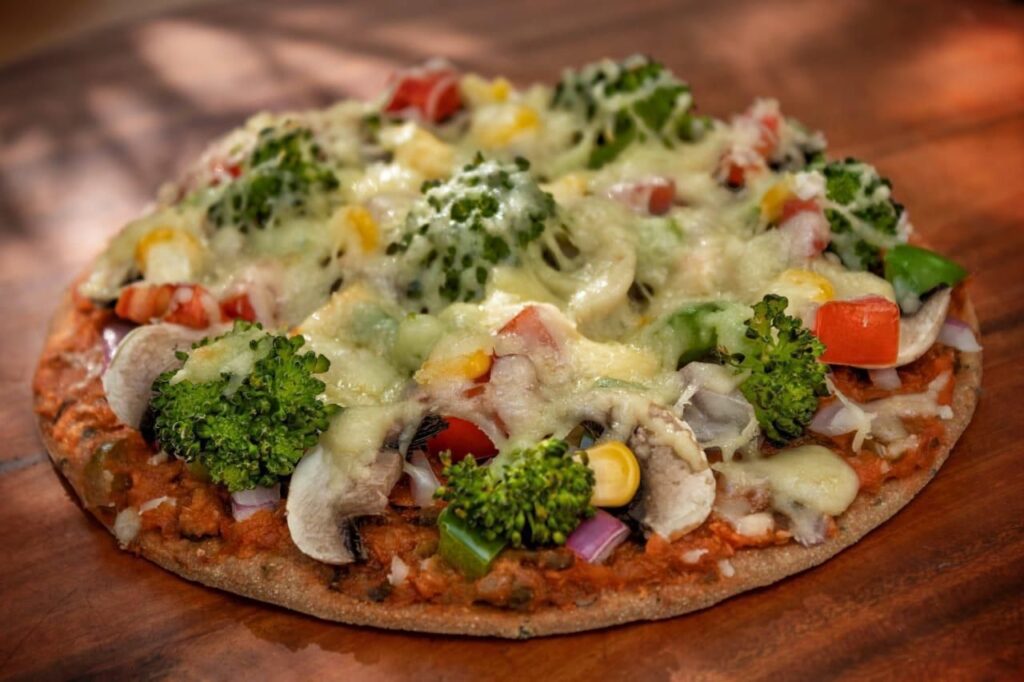
We ensure that our products contain no refined ingredients, preservatives or chemicals, everything is organic and naturally produced. Our customer base also shows this variety, as the customers we directly interact with are usually housewives and mothers, but they too buy this for the entire family. Anyone from a toddler to ninety-year-old could intake millets and would benefit over a period of time.
The Trials of Lockdown
During COVID we were busy as we didn’t have any staff coming in to help us out. It was just my inhouse staff and driver and my husband. The five of us divided duties and worked day and night to cook, pack and deliver the products to customers. We catered to them directly via. Dunzo and other such services. Now we are on Amazon and other such e-commerce marketplaces. However, while the lockdown was a tough time, it was a great boost to our sales. Everyone becoming more conscious about their health helped us spread a lot of awareness as well. Millets are what helped us in immunity building to fight COVID.
Collaborations, Creating a Pillar of Strength
As a company we have been recognized by the Indian Institute of Millet Research (IIMR) as Best Emerging Startup for two years consecutively. I have also been awarded best women entrepreneur in the agricultural department by FICCI. We were also invited to Rome for the inaugural ceremony of the International Year of Millets to represent India. With the government providing various grants and monetary benefits for startups and farmers in this field, there is a lot of potential on the path ahead. IIMR has also been helping people with millet research, technical knowledge and understanding the know-how of millets.
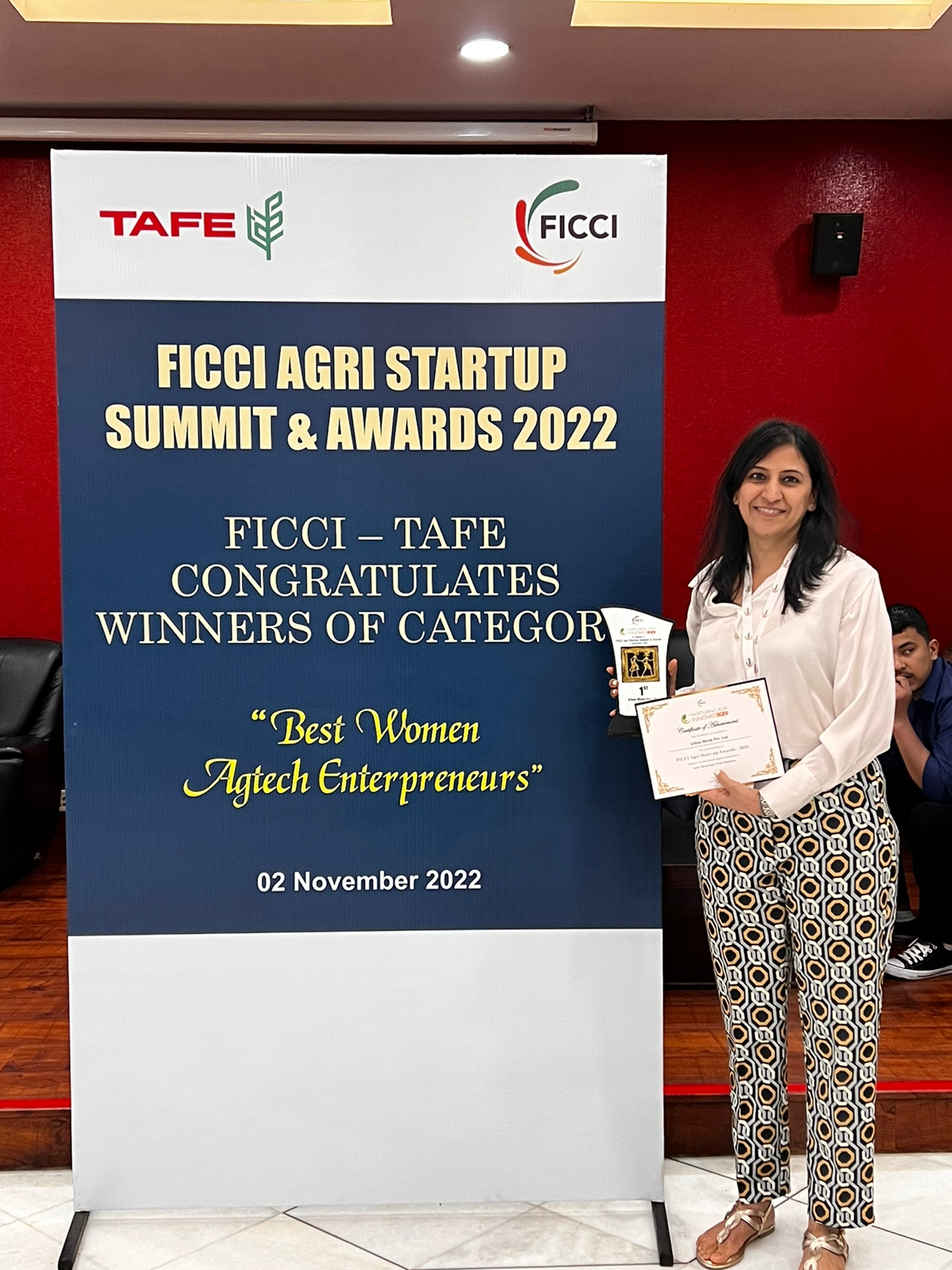
This shows us how we can move forward together be it through collaborations with government institutes or other startups. There is a big gap between millet products-based companies and customers. That gap can only be bridged by creating awareness to help create a balance. We look forward to partnering and collaborating to bring about even more awareness about millets and take leaps on this path ahead.
If your cultural enterprise is in any of our five focus sectors and you would be interested in being featured, write to us at namaste@niceorg.in.crafts.
